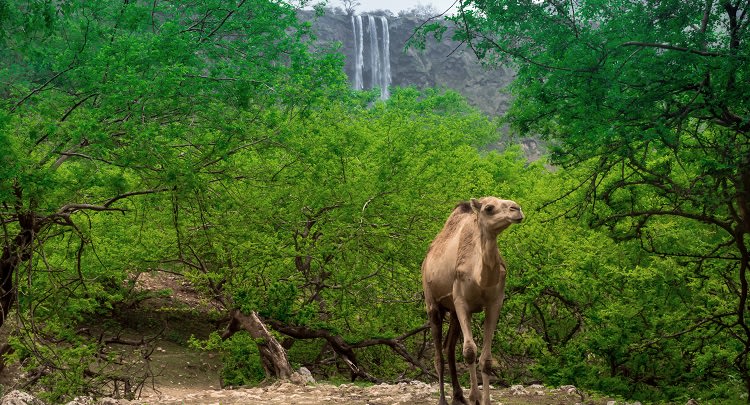
A Taste of Asia
Increasingly popular the world over, Asian cuisines are loved for their exotic ingredients, distinctive spice blends and the way a medley of dishes are often served to share — creating flavourful and convivial dining. For those who prefer a grassroots culinary experience, travel is the gateway to authentic recipes that don’t grace the menus back home. While for culture buffs, the history of food is the history of people, and delving into local cuisine opens a window directly into local life, with all its fascinating quirks and secrets.
If you’re heading to Asia sometime soon, perhaps this snapshot of the region’s diverse culinary cultures will pique your palate and inspire deeper curiosity...
Indonesia
Home to 18,000 islands, Indonesia is the largest archipelago in the world, and is most famous for the variety and diversity of spices that are grown on 6,000 populated islands. Indonesian ingredients have been greatly influenced by India, the Middle East, China, and Europe. For example, Sumatran cuisine features curried meat and vegetables such as gulai and kari as a result of Middle Eastern and Indian influences, while Javanese cuisine is more indigenous. Indonesia also shares some of its traditional dishes with other Asian countries, due to a rich trading history. Satay, for example, resulted in a century-long voyage from early 19th-century India into Indonesia, before being carried across the Straits of Malacca to be added to the culinary repertoires of Singapore, Malaysia, and Thailand.
Vietnam
An enticing blend of Chinese and Asian ingredients and techniques is influenced by classic French cuisine — a hallmark of French colonisation from the 16th to 20th centuries. Stemming from the country’s Cham history, hints of Indian culture also seep into Vietnam’s cuisine. The result is a wealth of unique dishes that few countries can compare with. Each meal typically comprises five fundamental elements — sour, bitter, sweet, spicy, and salty — with each dish infusing one or more of these tastes. The cuisine of this long and thin country, which stretches from Hanoi and the mountains of the north to Ho Chi Minh and the fertile river delta of the south, can be roughly divided into three regions. The food of the north, through stir-fries and noodle-based soups, shows the heavy influence of Chinese cooking. The mountainous middle region has an abundance of fresh produce enlivened with spicy ingredients. While the tropical south sustains rice paddies, coconut groves and yet more spices.
Thailand
Similar to Vietnamese cuisine, Thai food is famed for its distinctive four-flavour balance of sour, sweet, salty, and bitter. Despite never being colonised, a large number of Thailand’s dishes illustrate other cultural influences. As early as the 13th century, the fundamentals of Siamese cuisine as we know it today were established; various types of meat and seafood combined with local vegetables, herbs and spices, served with rice. Later the Chinese introduced noodles to Thailand, as well as the all-important cooking tool — the steel wok. After the wok came pad thai — a staple in Thailand ever since Vietnamese traders introduced the type of noodles used in this dish to Ayutthaya, the kingdom’s former capital. Today, pad thai is found in every major city around the world, from New York to Singapore.
Cambodia
Cambodian cuisine is strongly influenced by its geographical setting in the fertile wetlands of Southeast Asia. When the first rains of the monsoon fall, river levels rise and the landscape becomes a vast ocean of emerald rice paddies. The Mekong River cuts through the heart of Cambodia and connects with Tonle Sap Lake, which acts as a natural reservoir for the entire Mekong River system. Tonle Sap Lake, second only to the Amazon in biodiversity, is believed to have more fish than any other in the world, providing a source of irrigation and food for millions of people. Today, Cambodian cuisine shares many similarities with that of Vietnam and Thailand, while using less chilli, coconut, and sugar, and is also influenced by the cuisines of China and former colonialist France.




